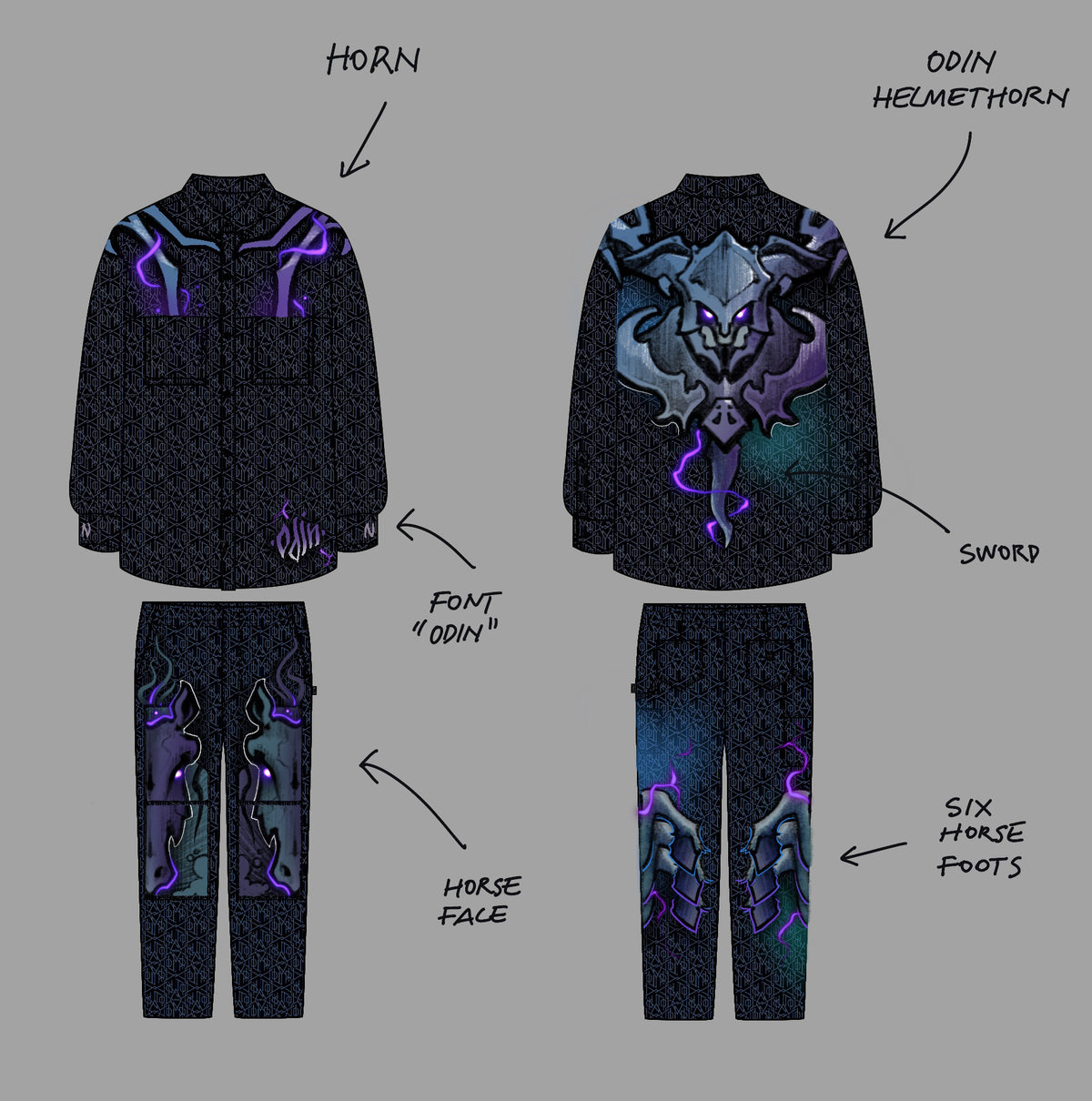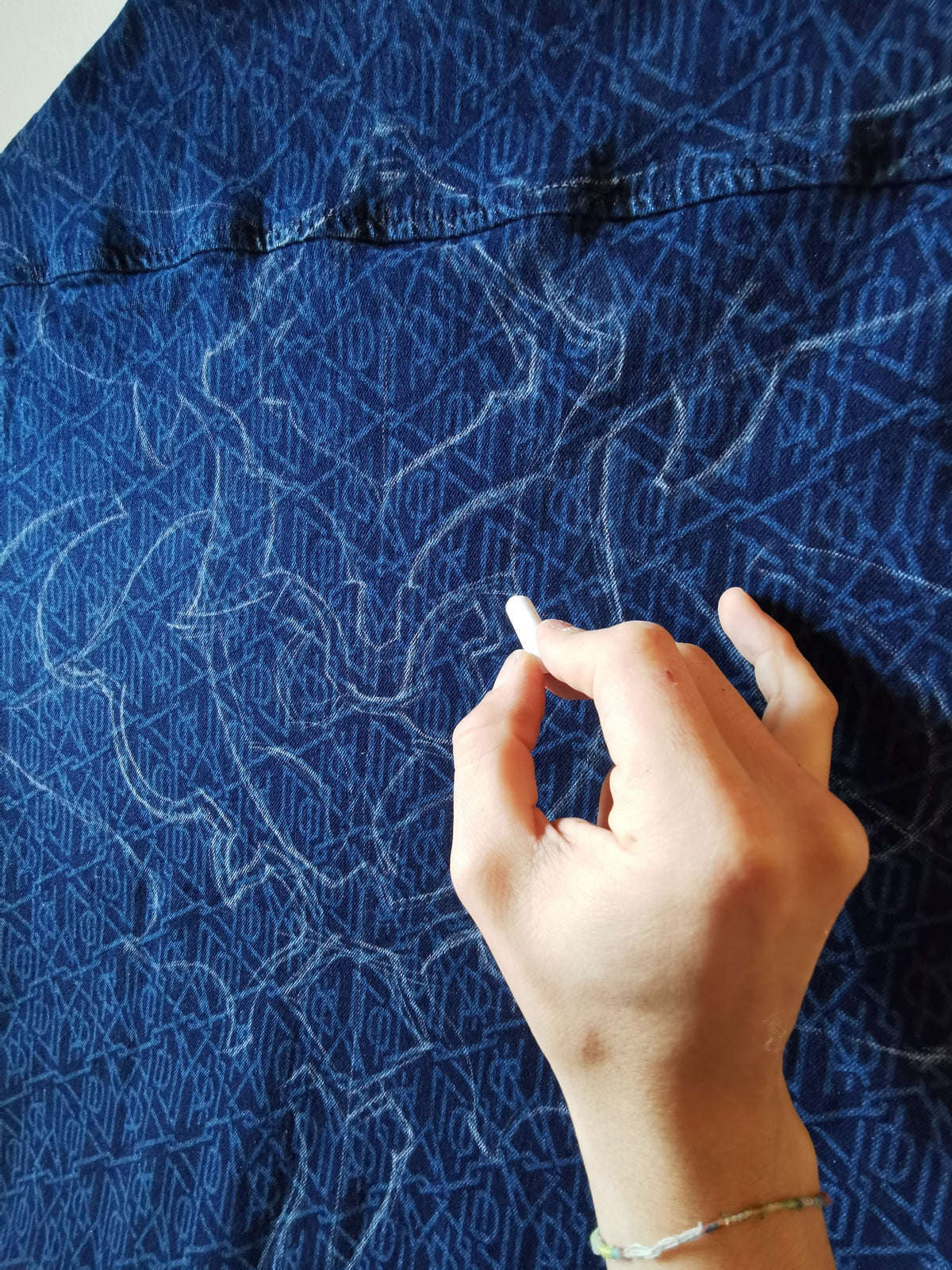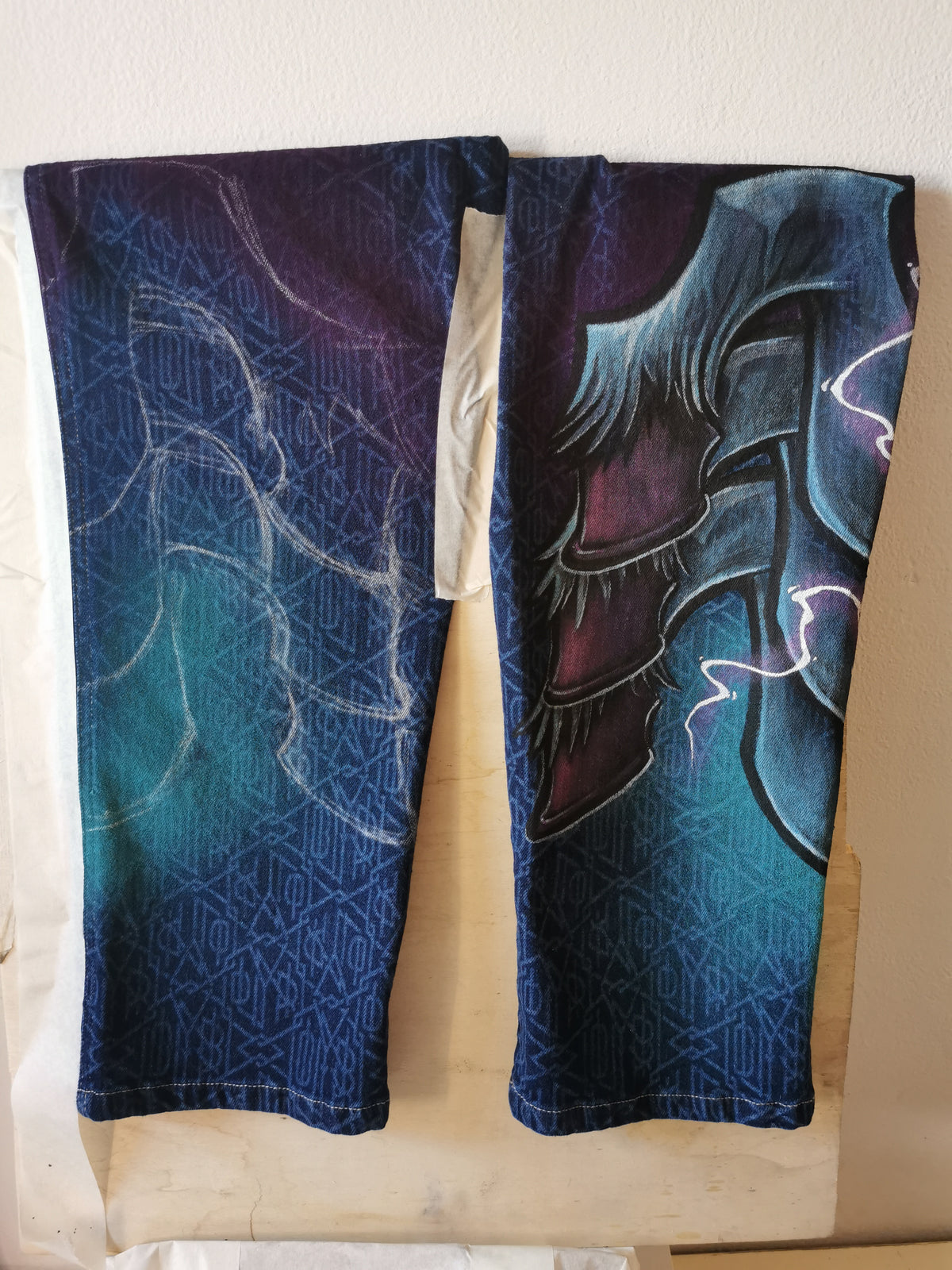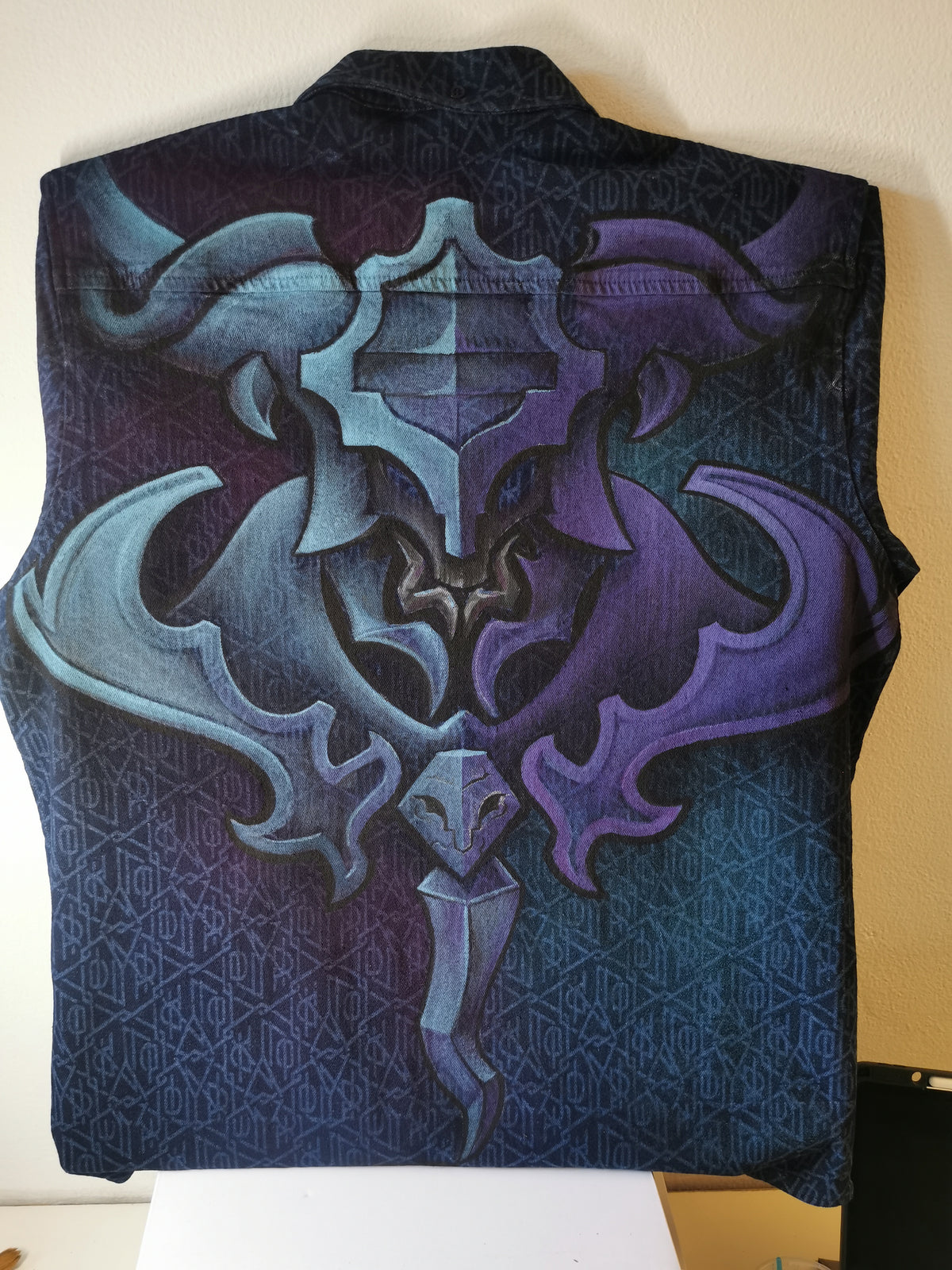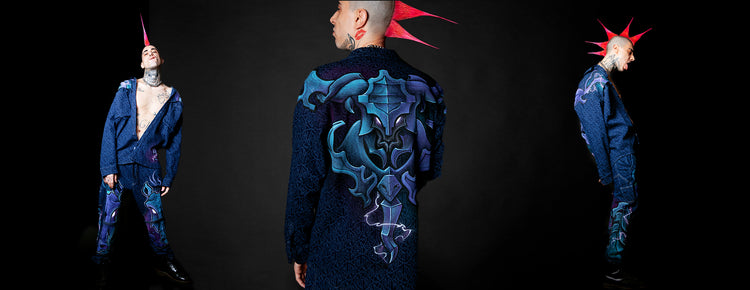
ODIN OUTFIT
Artist: Nick
Nick Neim (stage name of Nicola Fedriga) is an Italian artist, originally from northern Italy, and a member and co-founder of the Art of Sool collective.
Eikon: Odin
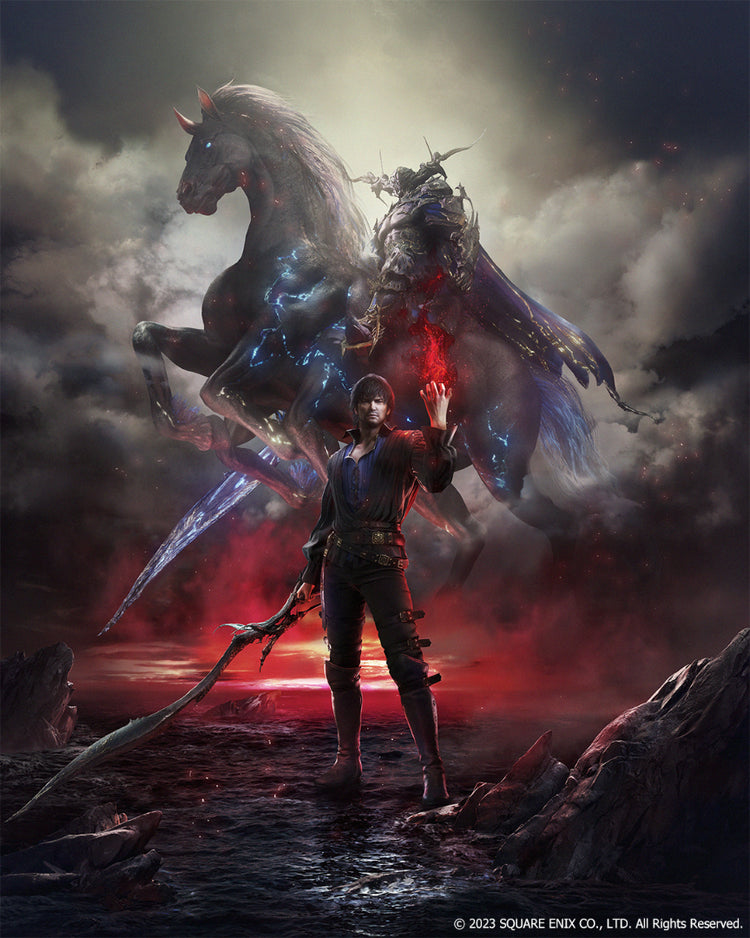
Odin
Dominant: Barnabas Tharmr
Arriving on the shores of Ash as a landless and titleless wanderer, it was Barnabas's skill with a blade that won him a kingdom. And though the local beastmen were to rise in revolt against his rule, Barnabas called on the power of his Eikon, Odin, to quell their rebellions nigh single-handedly, bringing the entirety of the eastern continent under the Waloeder banner. Now he has an army and navy that rival any in Valisthea at his disposal, yet still the king is drawn to where the fighting is thickest—riding into battle atop his spectral steed and sundering foes with his fabled black blade, or merely observing the unfolding chaos from the sidelines, a grisly gleam of fascination ever in his eyes.
Interviewing The Artist:
How did you decide to represent the Eikon assigned to you?
I decided to represent Odin because it easily suited my style, I liked it as a mythological figure, and it inspired me to make it as a custom.
What elements did you choose to best represent it and why?
I tried to give importance to the elements that characterise Odin, then the helmet-horns, the sword, the horse and the 6 clogs. Since Odin was drawn as a knight on horseback, I decided to divide it and make the horse on the Odin pants and shirt. In addition, around the various elements, I added lightning that recall the sharp gashes of the sword. I used Purple and aqua green as colours and almost symmetrical lines, inspired by the original character.
What materials did you use for your custom?
To make the custom I used acrylic paints for fabric, dye and spray.
Divide the creative process into steps
1. Step is to design and make a draft using a render.
2. Step provide to fix on a rigid surface the two garments, keeping them tight enough.
3. Step: sketch with a chalk the various elements and understand if it can work.
4.Step: blend with spray in some parts of the background simulating lights.
5. Step: prepare the shades of colour and paint directly with the brush on the garments
6. Step: finish the last details (lights and shadow points) using smaller brushes.
